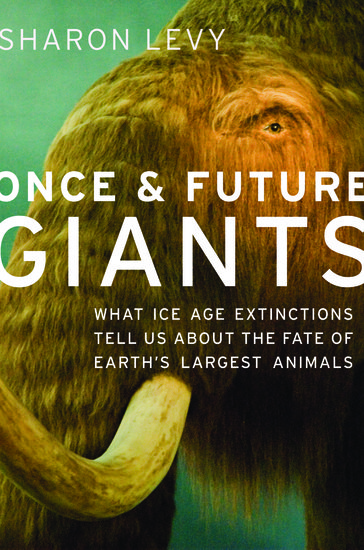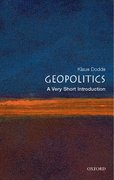This week marks the 150th anniversary of the London Underground. The Metropolitan Railway line, completed in 1863, then running from Paddington to Farringdon Street, was the first part of the London Underground to be built, and was the first Underground railway up and running in the world. More than 2,000 workers built the line, and the first carriages were pulled by steam before electrification was introduced in the early nineteenth century. Today, the Tube, as it quickly became known, is often an area of frustration in many commuters’ lives, though we have to admit that without it we would be stranded (probably somewhere near the M25). In honour of its longstanding service, here are ten little-known yet interesting facts about the locations in which underground stations can be found today.












